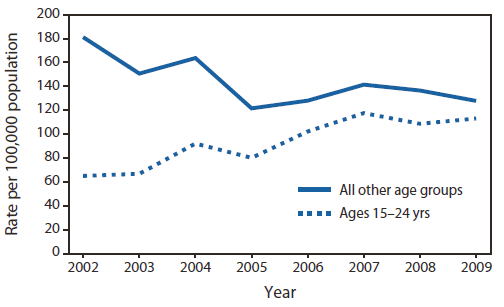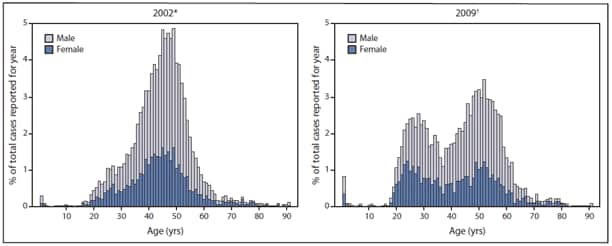* Additional information available at http://www.mass.gov/dph/masschip.
† Additional information available at http://oas.samhsa.gov/nsduh/2k9nsduh/2k9resultsp.pdf.
§ Additional information available at http://www.justice.gov/ndic/pubs38/38661/index.htm.
¶ Additional information available at http://www.cste.org/dnn/programsandactivities/publichealthinformatics/statereportableconditionsqueryresults/tabid/261/default.aspx.
 ShareCompartir
ShareCompartir




